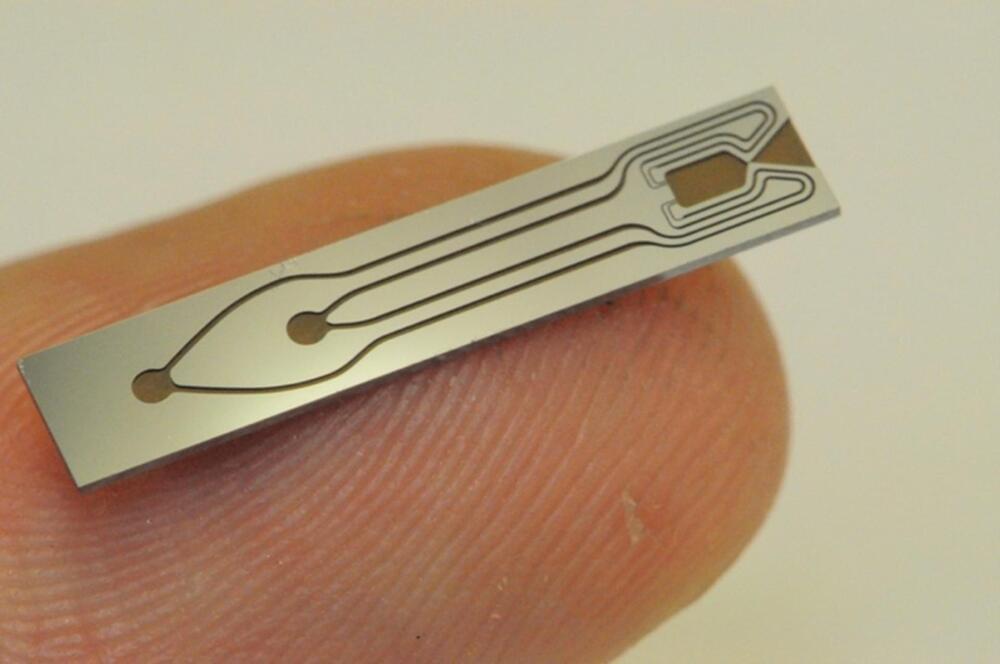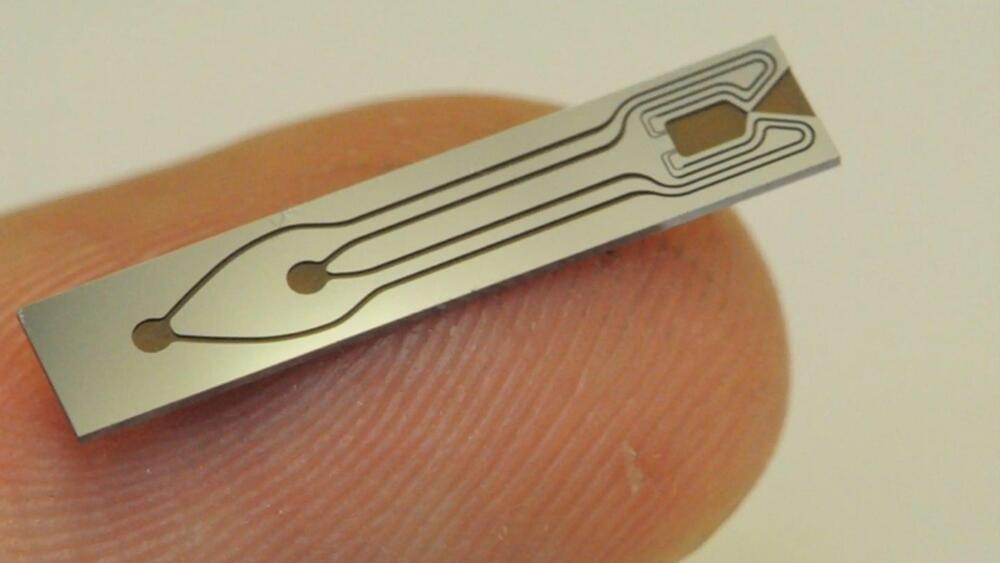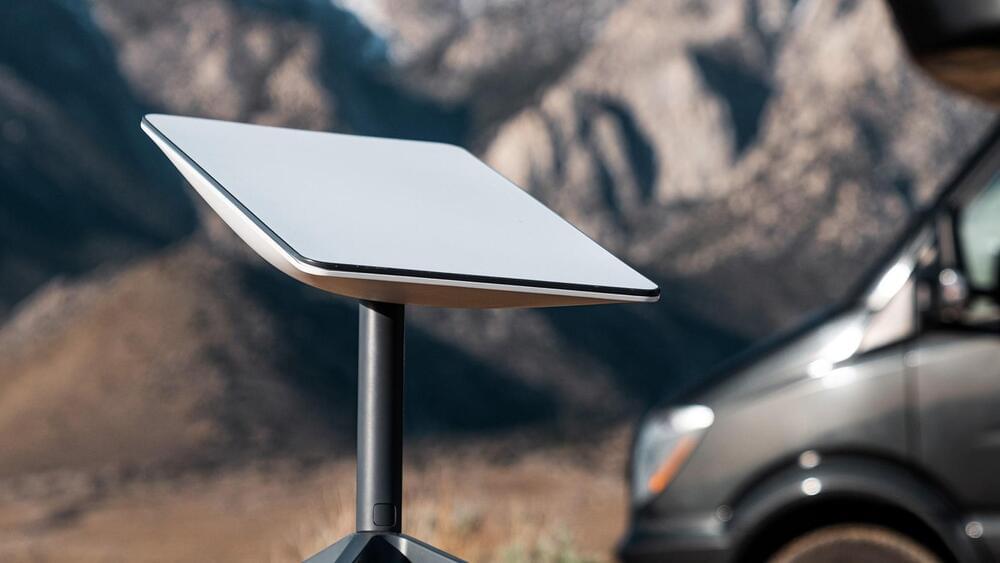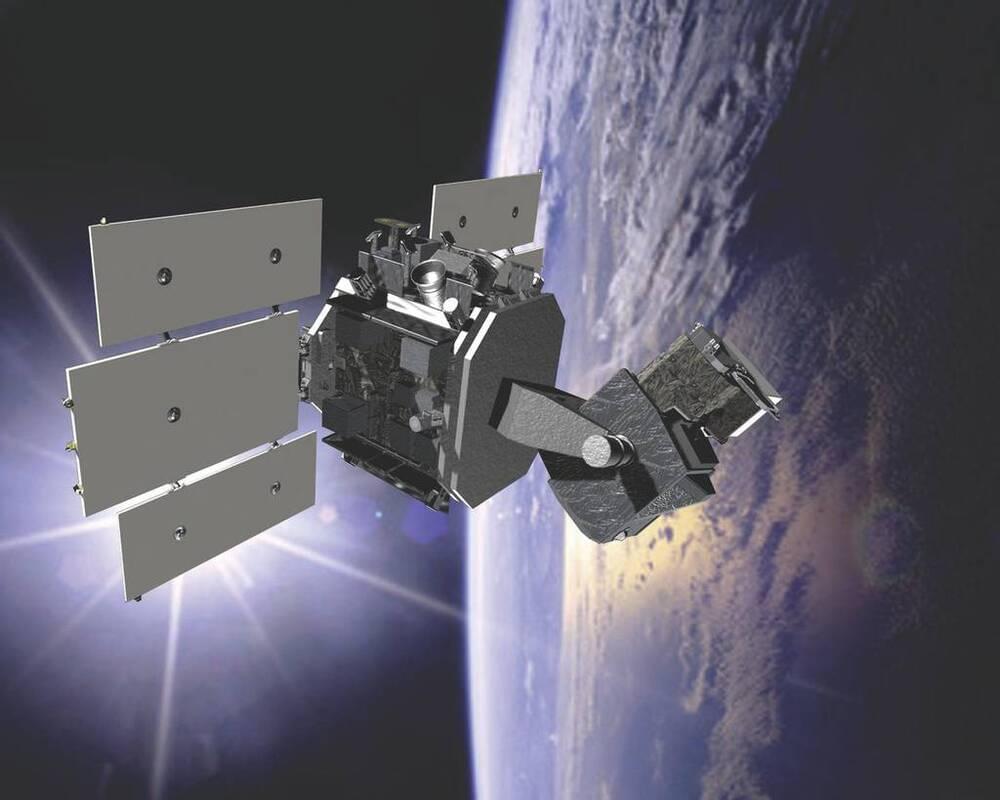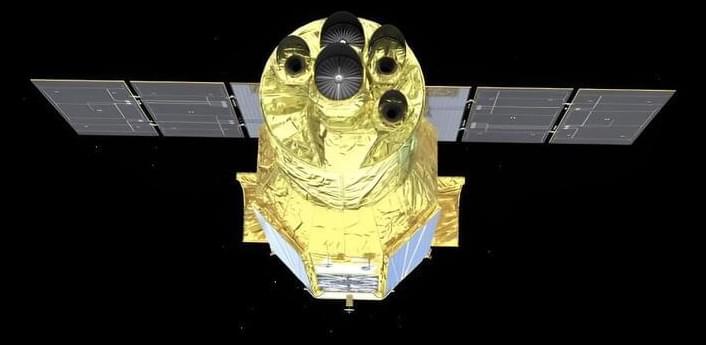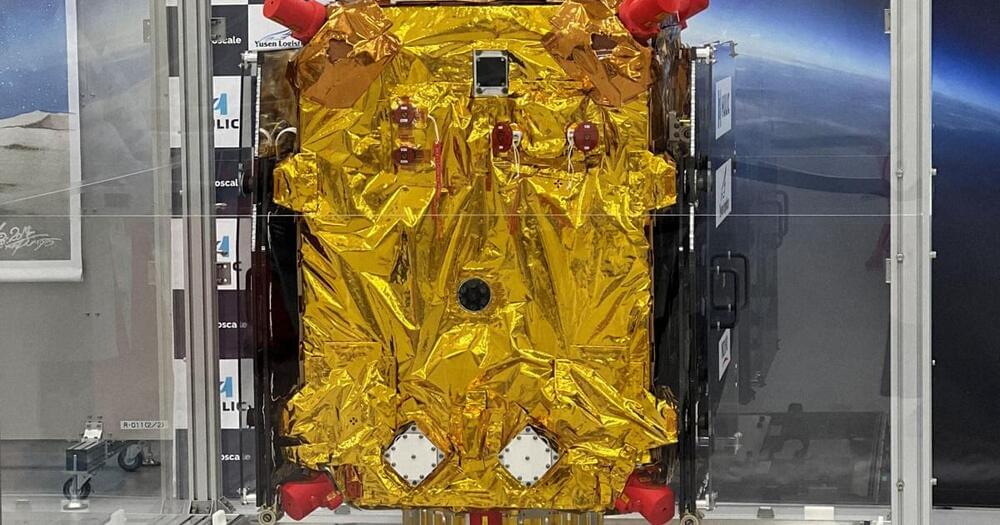Sep 17, 2023
Mini space thruster that runs on water
Posted by Omuterema Akhahenda in categories: computing, satellites
Designed to manoeuvre the smallest classes of satellite, the operation of this Iridium Catalysed Electrolysis CubeSat Thruster (ICE-Cube Thruster) developed with Imperial College in the UK is based on electrolysis.
This tiny fingernail-length space thruster chip runs on the greenest propellant of all: water.
Avoiding any need for bulky gaseous propellant storage, an associated electrolyser runs a 20-watt current through water to produce hydrogen and oxygen to propel the thruster.
